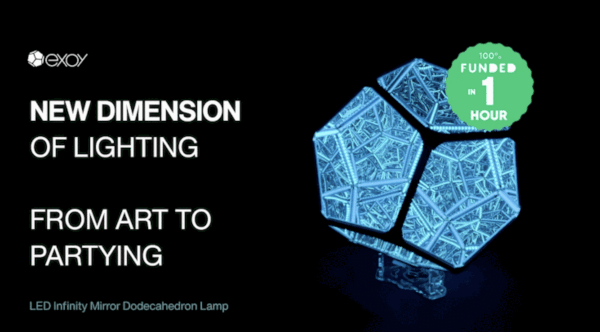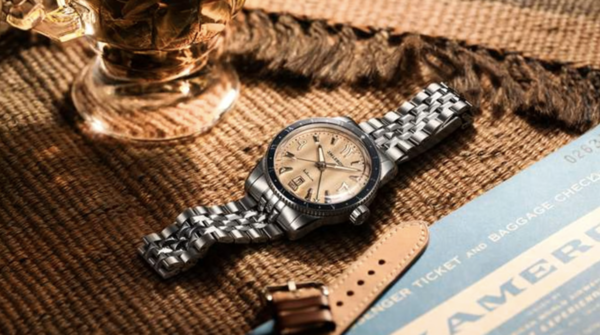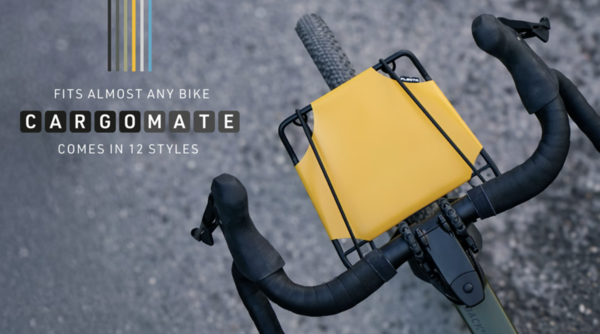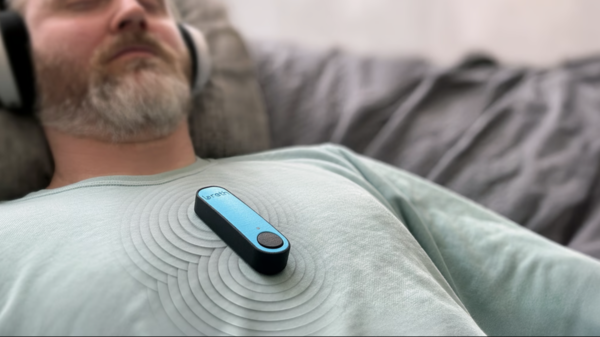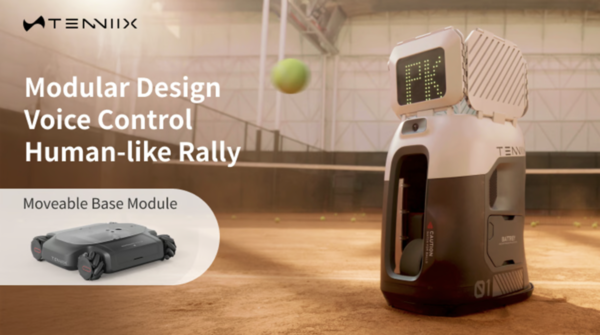Easily stargazing and birdwatching with your smartphone


DWARF II is a periscopic telescope. We use a prism to fold the light path. DWARF II can rotate in altitude and azimuth. The altitude axis passes through the centroid of the optical tube (including prism, lens, sensor, etc.). This structure can significantly reduce the moment of inertia around the altitude axis. Furthermore, the optical tube will not “rise up” when you raise up the altitude angle. As a result, the centroid of DWARF II is low. So that the vibration can be reduced, especially when there is wind. Through this design, we can make DWARF II has good stability and small size.
I believe you’ve never seen a telescope looks like this. We love this design.







DWARF II is suitable for take pictures/videos of animals, such as birds. It is said that “If your pictures aren’t good enough, you aren’t close enough”. However, if you want to take pictures of animals, they will escape when you are close enough. DWARF II has telephoto lens and applies wireless control, so you can record the details in distance, avoid disturbing them.


DWARF II has two cameras, a wide-angle camera and a telephoto camera. Through the wide-angle camera, you can take pictures/videos as a normal camera, or preview the field of view. Put the target in the middle of the wide-angle view, then the telephoto camera is aiming your target.




Select the target object through framing it, then use the Object Tracking function in DWARF App to track it. The object tracking of DWARF II is realized through multiple deep learning networks, including SiamMask (CVPR 2019), SiamRPN++ (CVPR 2019 oral), DaSiamRPN (ECCV 2018), SiamRPN (CVPR 2018), and SiamFC (ECCV 2016). The networks are accelerated by the NPU (Neural-Network Processing Unit) in DWARF II.

- Star Tracking

Since Earth rotation, stars move slowly in the sky. DWARF II can automatically track the stars. DWARF II can rotate around the altitude and azimuth along the movement of stars. And DWARF II uses field-rotation-correction algorithm to avoid the field rotation. Then you can use DWARF II to track deep-sky objects with long exposure time.
- Star Stacking

Automatic registration after multiple exposures, DWARFF II stacks the images into a bright and clear image. It helps you to record the deep-sky objects easily.

M33 Shooting Environment: The Bortle Dark Sky Scale is class-4 without the moonlight. 200 stacks. The total exposure time is 50 minutes.

M31 Shooting Environment: The Bortle Dark Sky scale is class-4 with the moonlight.150 stacks. The total exposure time is 38 minutes.





Take a picture with ONE BILLION pixels! DWARF II can capture multiple images through 2-axis scanning, then stitch them into ONE picture. The pixel number can even reach ONE BILLION! ENJOY IT!

- Built-in Switchable IR Filter
The IR light is cut off in default state. You can turn the filter off if you want to capture images with IR light. For example, shooting nebula.

- Magnetic ND & UHC Filters
ND (Neutral Density) filter: to lower the light intensity, is applicable for sun.
UHC (Ultra High Contrast) filter: to cut off the light pollution, is applicable for deep-sky-objects.







DWARF II is compact and intelligent. It integrates the imaging system, 2-axis rotation control, auto-focus, wireless image transmission, tracking algorithm, and a lot of functions.
- Lens: 100 mm focal length, is optimized to diffraction limit
- Motor: 0.001°/s~36°/s ultra-wide speed range, high-precision positioning
- Sensor: SONY IMX415 Starvis, 8 million pixels, high sensitivity
- CPU/NPU: 4-Core Cortex-A7 1.5 GHz CPU, 2 TOPS NPU



1.The object tracking of DWARF II is realized through multiple deep learning networks, including SiamMask (CVPR 2019), SiamRPN++ (CVPR 2019 oral), DaSiamRPN (ECCV 2018), SiamRPN (CVPR 2018), and SiamFC (ECCV 2016).
2.The star tracking of DWARF II is realized through rotation in altitude and azimuth, and field-rotation-correct algorithm.
3.The NPU (Neural-Network Processing Unit) in DWARF II has 2 TOPS computing power. It can significantly accelerate the deep learning networks to realize real time response. Furthermore, it supplies scalability for upgrade.


